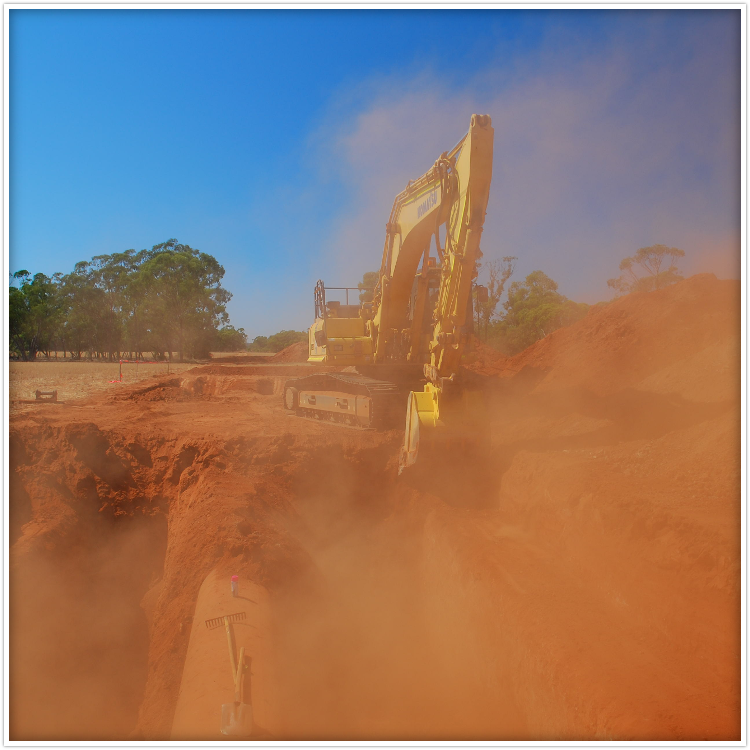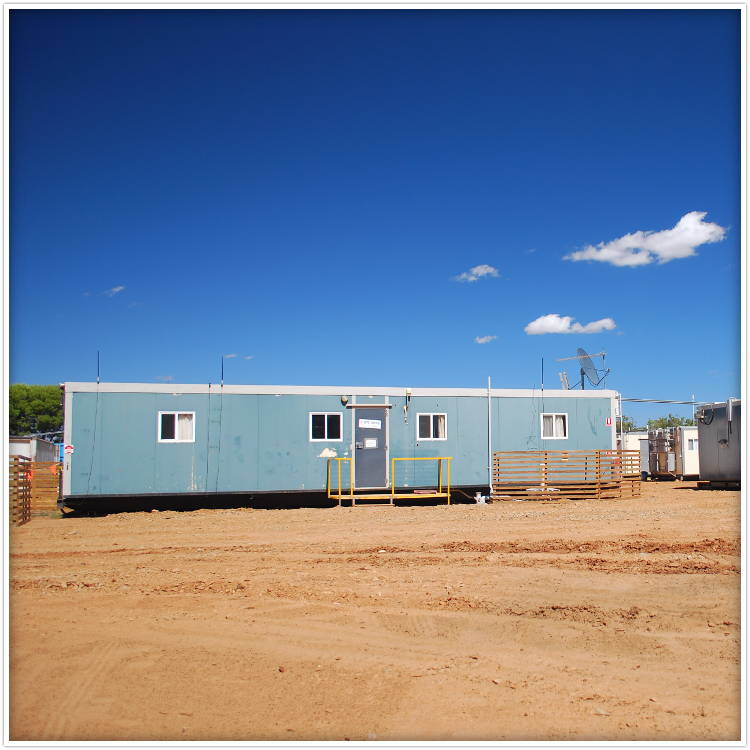
Lucas & APA Sleeving Daily Report
This work proved to me that no matter where you go and what you do, your problem solving skills and creativity will not only get you by, but they will improve things you never even thought you could learn.
Working Smarter AND Harder
Many of us believe a good work/life balance, comfortable environment, organisational support, and previous experience lead to good job performance in a developer. In this job I worked 4 weeks at a time without any days off, for upwards of 14 hours a day, in the harsh climate of Australia's desert outback, supporting multiple construction crews who performed maintenance on the East Australian Gas Pipeline. I inherited an intensely detailed and complex job that pushed me to my absolute limit of frustration tolerance and cognitive ability. I managed to perform the requirements of the job every day, and quickly picked it up. At the same time, I produced my finest piece of automation software to date and massively reduced the hands on nature of the job.
Scope
Every day 20 construction crews each needed a permit to work on the pipeline. They also needed a work order for each individual job, and the work order needed to be linked to the permit to work. This all needed to be handwritten and printed out - the equivalent of a 300 page book was printed out every day for the work teams by one person, me. The permits took approximately 20 minutes to half an hour to prepare completely, and as such they needed to be organised the previous day. In doing so, this forward planning needed to take into account works completed on that day, where some hazardous teams would be located (e.g. asbestos removal), how to best utilise large construction equipment in a ~300km range (where moving a machine could take a day, and each day costed thousands), and also uncontrollable aspects like incidents and the weather. The easy part of my job was sending a report at the end of the day showing what had been completed that day.
My predecessor was a master at his job. I cannot take credit for what I've done here without crediting the work that went into creating this system. For a week he detailed the job to me, showing me all the forms and processes, and then left me to it. The first thing I did was automate the daily report creation, saving myself a half hour at the end of the day and earning myself another half hour of sleep every night!
Cover Sheets
Crews needed to be able to see the big picture of where they were going that day and what they were doing, so to support them a cover sheet had been developed. This was the second item I automated - exporting the jobs for that crew out of Excel cut out the need to handwrite the cover sheet, and included other useful information such as how long the section of pipe was, what order to complete jobs in, and any other notes on whether or not the site was ready for work or they needed to wait for another team to come by first. This process also allowed me to organise all the work early on in the day and simply make adjustments towards the end where, based on the day's progress, the plan would inevitably have changed.
Earmarking future work
I then took this one step further and used a combination of colours and initials to show which jobs were complete, which were available for assignment, and which were "out" in progress today (use of initials). This greatly improved our planning visually and enabled us to have maximum flexibility when it came to plan changes. By this point I had saved myself hours out of my work day and had been able to provide much more detailed information to the crews.


